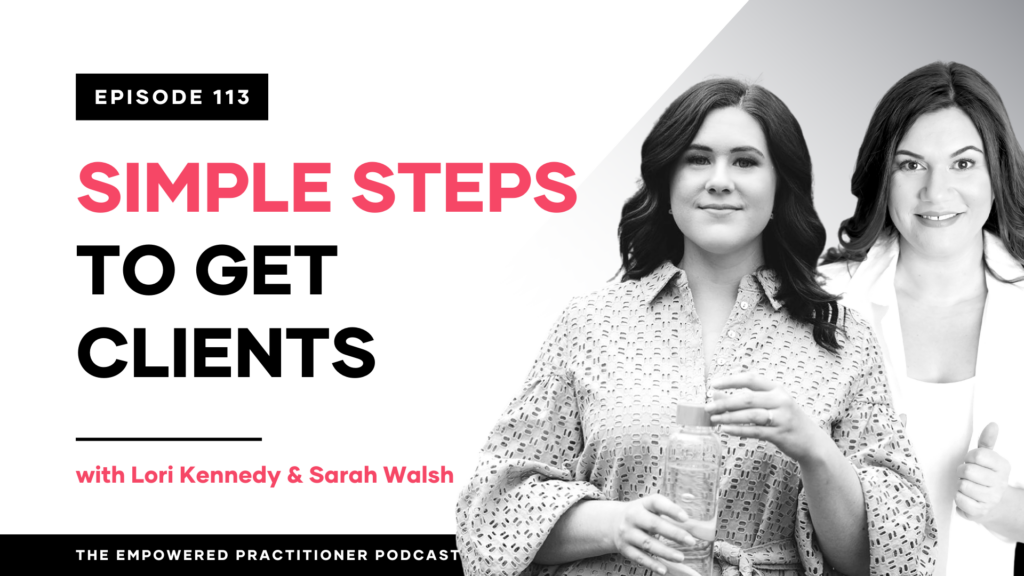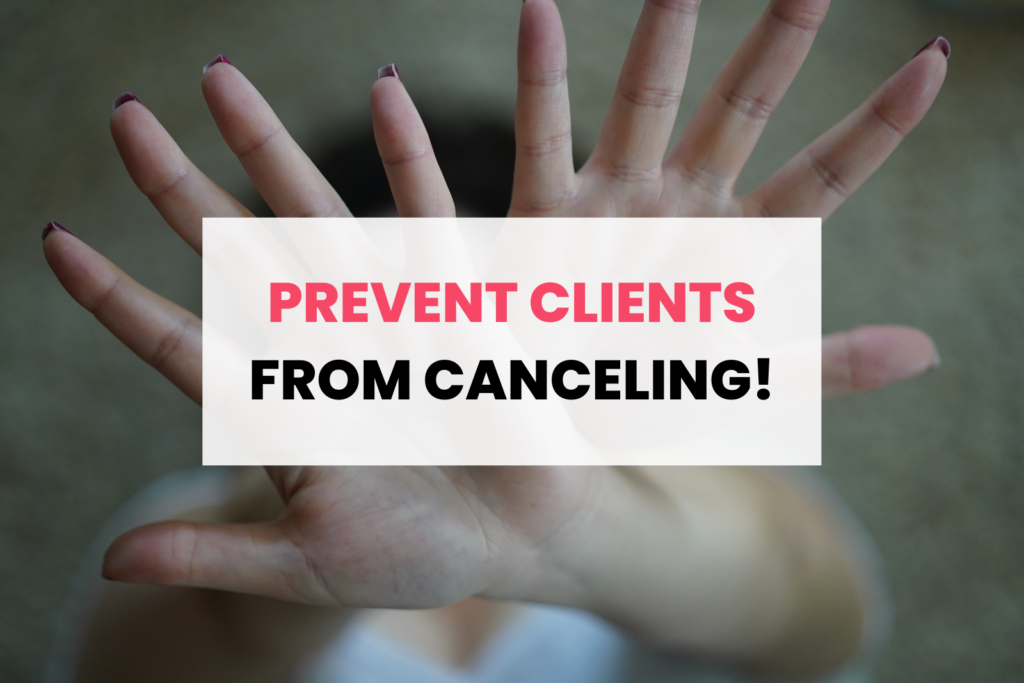As nutritionists, health coaches, and other wellness practitioners, all we want to do is provide options for our clients so they can make better choices that lead to improved health. We have so much knowledge and passion that information just pours out of us, sometimes to our own, and our client’s, detriment.
As we gain experience in our private practices we learn that clients can actually only handle small changes, made one at a time, and that our ways of eating and living are not as readily adapted to with as much excitement as we would like.
Have you ever been fatigued by shopping? I know that I have. When I was a teenager I liked going clothes shopping. Not anymore. I find it to be an exhausting and anxiety-producing experience, especially at Winners or stores that are similar. Too many choices and too many racks to choose from.
I like going into a store and seeing a complete outfit together with matching accessories. I can choose an exact outfit in a colour palette that suits my taste, but having to think about what shirt goes with which pants is done for me. The decision is easy and I can control the exact colour I want to wear. That is a good shopping experience for me.
Our clients experience a similar type of exhaustion when they get their marching orders from you. Too many changes, too many choices, too many options without exact directions on what to eat, when to eat it, how much, and which brand to buy. It causes our clients to revert and run the other way.
This is what Chip and Dan Heath have coined in their book, Switch, “Decision Paralysis”.
The authors describe a scenario where a doctor was asked to consider the medical records of a 67-year-old patient who had chronic hip pain from arthritis. The patient was about to face hip replacement surgery when there was a break in the case. A final check with the patient’s pharmacy uncovered that there was ONE medication that hadn’t been tried.
The doctor faced a dilemma: should he prescribe the untried medication, even though all other medications had failed, or should he go ahead with the invasive surgery?
The scenario was created by physicians Donald Redelmeier and Eldar Shafir who used the scenario in their study to determine how doctors made decisions.
When doctors were presented with this scenario, 47% of them chose the medication over surgery. In a variation of the scenario, the doctors were presented with the same set of facts, except there were TWO untried medications. It should have been exciting that there were TWO untried medications, surely one would work, right?
Only 28% chose to try either medication.
More options, even good ones, can freeze us and make us retreat to our original plan or way of doing things. In the scenarios above that meant painful, invasive hip surgery for the patient. For our clients, it means making no change at all while coming up with multiple excuses why change isn’t possible.
Decision Paralysis
The Heath brothers note that this isn’t rational but it is human. The more choices we are presented with, the more exhausting it is to make any choice at all.
Remaining with the status quo is comfortable. Choices are minimal because almost everything is routine. Our clients run on autopilot, but when we ask them to make changes based on a number of choices, all of a sudden their routine is unfamiliar and they are left to make uncomfortable decisions.
Do they take the same route home where they would stop daily for a latté? A choice is presented to them in that moment, where they can choose to travel down an unfamiliar path and take a different route or drive on autopilot in comfort.
I think sometimes we underestimate the magnitude of the changes we are asking our clients to make because, for us, we already do these behaviors on autopilot.
Use these 2 strategies to ensure your clients do not get stuck in decision paralysis:
- Get rid of ambiguity. To help clients make changes we should outline the concrete behaviors associated with what we are asking them to do. You should be scripting their moves for them.
Example: Eat more greens and consume more fruits – very ambiguous.
Turns into: With your lunch on Monday, Wednesday, and Friday you are to eat 1 cup of broccoli. On Tuesday and Thursday, you are to eat 1 cup of peppers.
After dinner snack can be 1 cup of fruit – choose between mixed berries, a green apple, or a pear.
- Provide strategies for critical behaviors. Change begins at the level of individual decisions, except that’s where all of the friction is. Clients talk themselves into making ‘wrong’ behavior decisions because it’s easier than traveling down an unknown path.
Script out the behavior choices for critical decisions.
Example: Late-night eating – try not to eat after 8:00 pm.
Turns into: Here are your options to eat after 8:00 pm should you feel the need either out of boredom or real hunger to have a snack. First, I want you to notice if you are craving anything in particular and what that food item is? Note it in your journal so we can discuss it. Second I want you to choose from the following 3 options, knowing that your craving will subside after you eat.
Option #1 – 1 cup of mixed berries sprinkled with ¼ tsp of cinnamon.
Option #2 – 1 tbsp of raw almond butter.
Option #3 – ½ cup of plain Greek yogurt sprinkled with ¼ tsp of cinnamon.
We have a hefty responsibility on our hands as health professionals, coaches, mentors, and motivators. It’s up to us to lead our clients down a very unfamiliar and uncomfortable path with as much ease as possible.
The fact that we do this daily is what sets us apart from any other health profession and why I’m so proud to be grouped in with all of you ‘healers’ and change makers.


